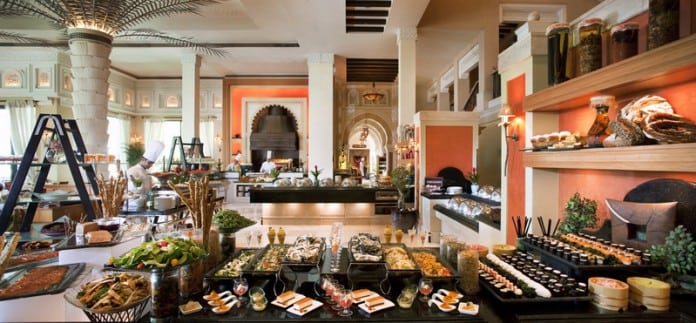
The two most noteworthy trends in for 2016 have nothing to do with food
Big disrupters are a revolution in high-speed food delivery to homes and offices, and a conversation regarding tipping and pay disparities. Cleansing menus of additives won’t be enough. Why there’s a new obsession with fried chicken, plus at the end of the article you can find the strongest keywords when it comes to food and beverage for the year ahead.
Explore the most significant predictions about the hottest global food and beverage trends 2016 follow.
2. Scrambling for "Clean Menus"
After watching aggressive consumers attack Big Food companies over chemicals and additives, Big Restaurants are all-of-a-sudden dumping some artificial (and other bad-for-you) ingredients from their menus. We're looking at the "healthification" of fast- and fast-casual food. A recent survey found that 36% of consumers worried about "chemicals" in their food ... in another survey, 40% of consumers report it’s “very important” that foods use all-natural ingredients, free of GMOs and artificial flavors or colors.
But it won't be enough. Consumers are no longer equate pictures of pastured cows and leaves of grass on menus with health and wholesomeness. They're searching for more holistic initiatives from restaurants ... control of waste, water conservation, human treatment of animals (and employees), and a host of other eco-social issues.
McDonald's is ridding its chickens of antibiotics used by humans. Chick-fil-A will take until 2019. Those antibiotics ... cheap ways of fattening animals ... reduce their effectiveness in humans. Subway over the next ten years will rid its meats of antibiotics ... and no longer use azodicarbonamide in its bread, a dough conditioner used in yoga mats and shoe rubber. Dunkin Donuts will give the heave-ho to titanium dioxide, a whitening agent used in paints. Odd that most of this is taking place among fast food and fast casual chains ... with little word from sitdown restaurants, or from hotels that still make a big deal of rooftop beehives. But getting rid of selected no-nos is no mere fad ... everyone will scramble to "sanitize" their menus.
There's lots of wiggle-room. Most restaurants pushing for "clean" food haven't tackled oceans of chemicals and colorings in soft drinks and numerous dessert items. Replacing "artificial" additives with "natural" additives means they're still using additives: "natural raspberry flavor" shares no genes with real raspberries ... but it makes good headlines. None of these restaurant companies whispers the word ... "organic."
Next culprits ... sugar, salt and fat present even greater challenges.
Meanwhile, restaurant companies should be stitching together narratives about their overall eco-stewardship.





































